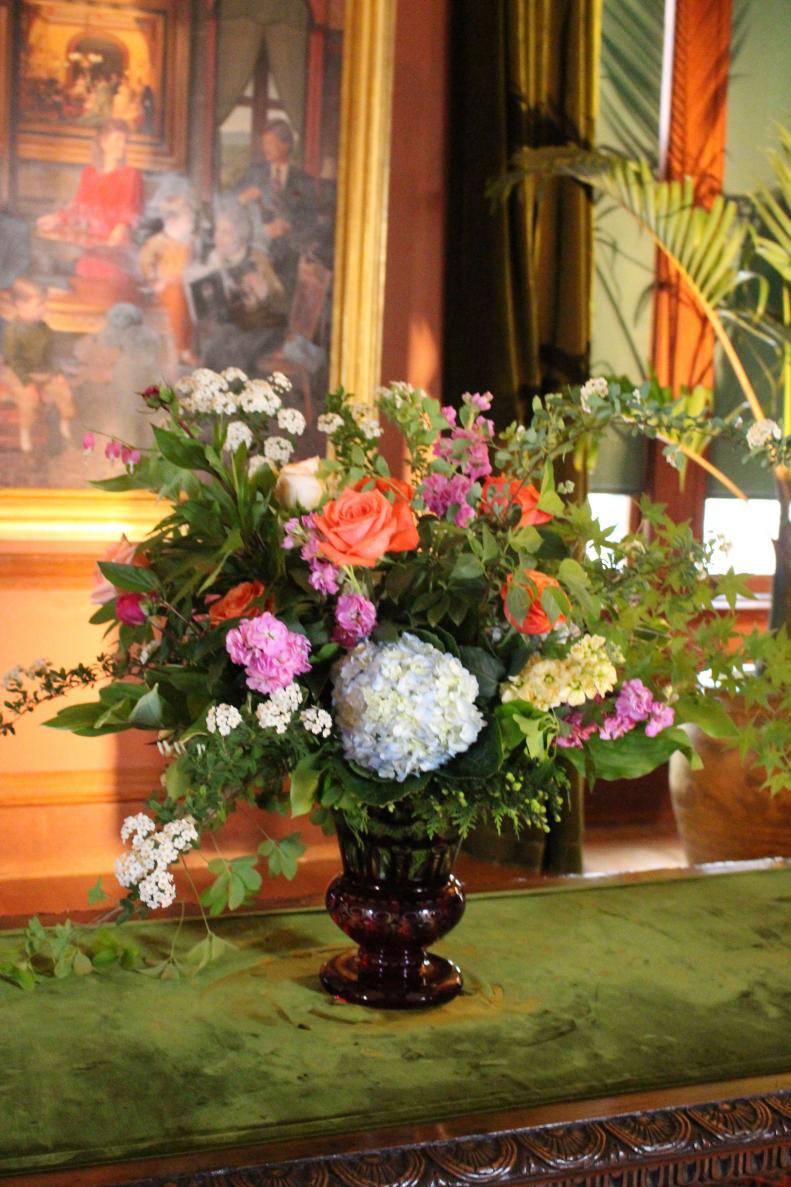1 / 27
Stunning Arrangement
To create this arrangement using a variety of textures and colors, Biltmore Estate master floral designer Simone Bush used the following flowers and foliage: 'Movie Star', "Santana', 'Senorita' roses; stock; calla lilies; juniper; cedar; bridal wreath spirea; hosta; solomon seal; mature ivy and chocolate vine.









